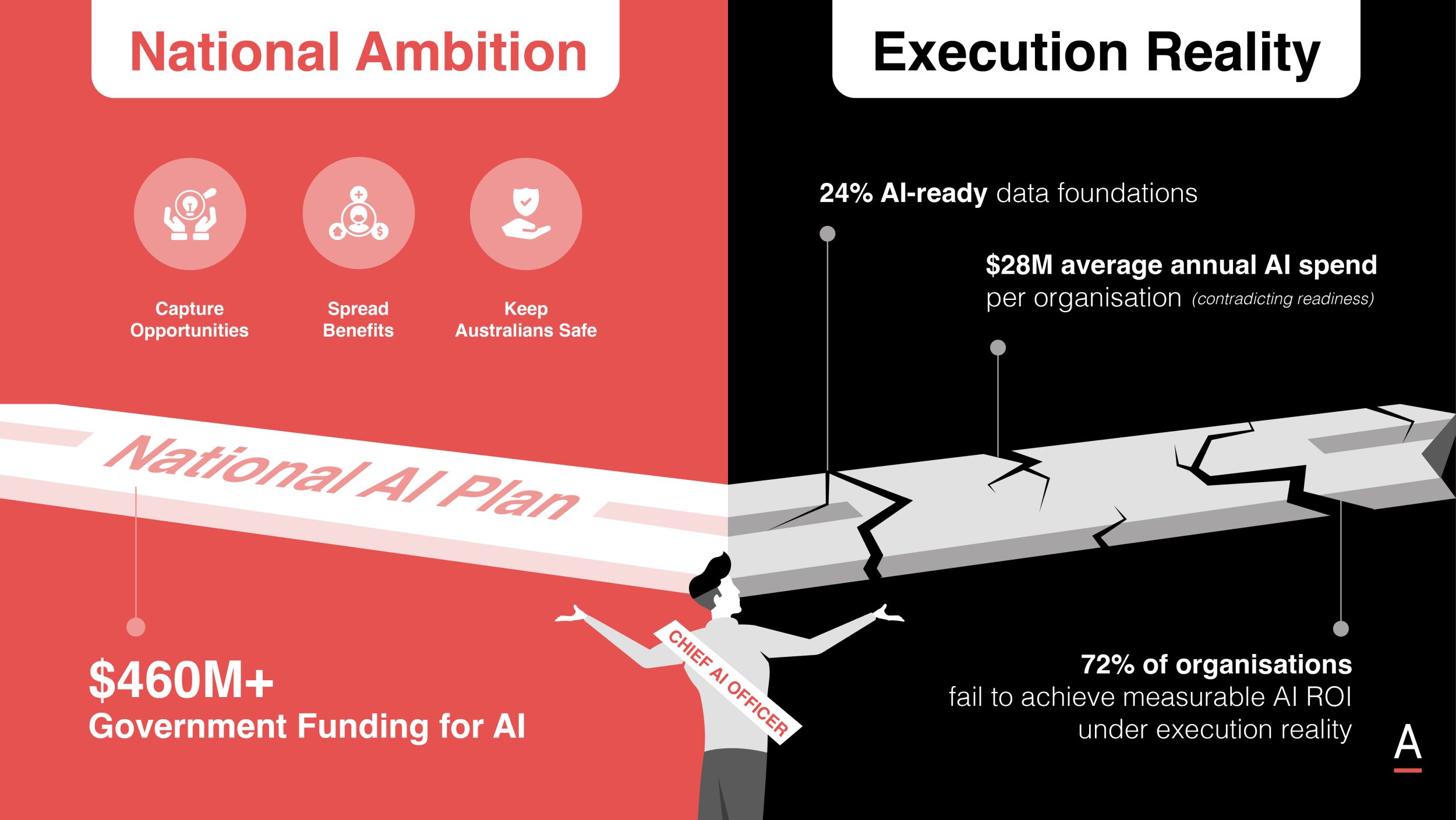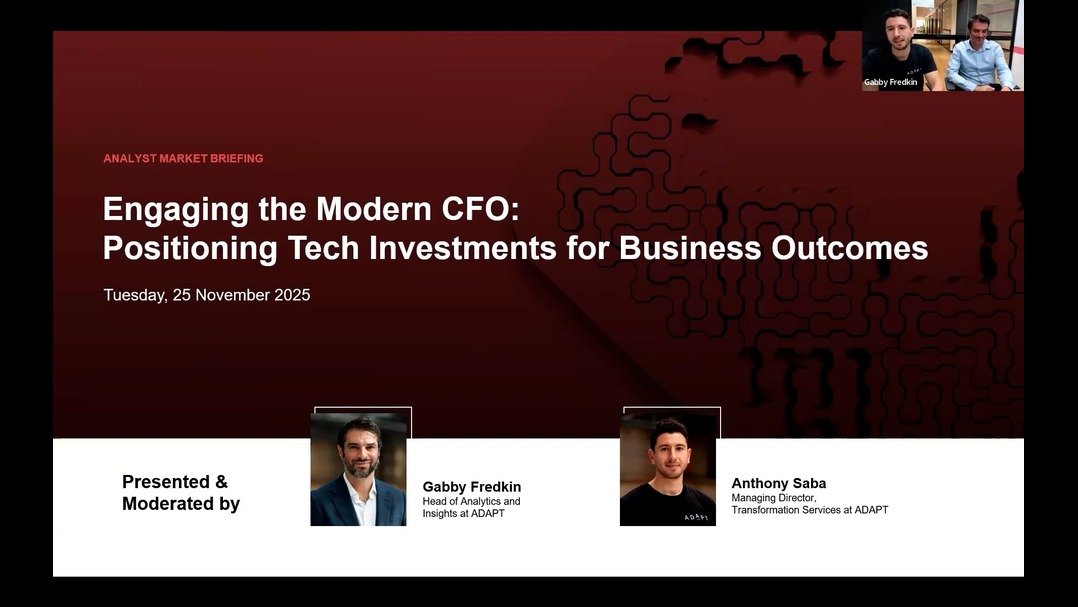SD-WAN – At the Forefront of the SDN Conversation
SD-WAN functionality, by supporting greater network agility, underpins a faster operating pace in the business. In so doing it enables the CIO to deliver desired business outcomes more rapidly.
SD-WAN promises to provide the network agility modern businesses needs
The Outcomes
- SD-WAN can overcome the inflexibility of traditional corporate networks. It offers the potential to improve critical business decisions such as restructuring or integrating operations after a merger or acquisition.
- SD-WAN functionality has the potential to simplify network management, reducing the need for technical staff.
- The ability of SD-WAN to recalibrate the network in real-time at the packet transmission level helps reduce network latency and can boost application performance. This offers users more consistent and enhanced working experience.
- Organisations can be freed from an over-reliance on a single telco. This provides greater reliability and potentially a stronger negotiating position in finalising service contracts.
- By eliminating a need to comprehend the intricacies of different networking components, SD-WAN can offer a richer and deeper engagement with the business around network functionality.
- SD-WAN capabilities can be implemented incrementally as older networking components are retired.
- CIOs can build the business case for SD-WAN with the language used by their executive. It is easier to speak in terms of efficiency gains, speed of response or cost savings which align more closely to key business priorities.
- While offering many potential benefits, CIOs need to remember that SD-WAN is an evolving technology. There is significant variation in the capabilities of product offerings. CIOs should assess a broad set of potential SD-WAN solutions and only then define their selection criteria.
The Topic
ADAPT’s CIO Edge event in February 2021 drew 157 CIOs from many business sectors, and from organisations representing a third of Australia’s GDP.
The event survey asked respondents to identify the main barriers to their organisation achieving digital transformation and agility. As the chart shows, the most significant barriers CIOs face are technologies, such as the traditional corporate network, that cannot work at the speed of the business.
Another question revealed that respondents’ top business priority was achieving better business outcomes. SD-WAN functionality, by supporting greater network agility, underpins a faster operating pace in the business. In so doing it enables the CIO to deliver desired business outcomes more rapidly.

When asked what attracted them to a discussion on this topic, delegates fell into four groups:
- Those frustrated with traditional WAN networks and who were keen to examine how SD-WAN functionality could enable the organisation to achieve greater flexibility.
- Those who wanted to see if SD-WAN could simplify the management of the network and reduce the reliance on expensive specialist staff to administer it.
- Those who operated a distributed or branch network and wanted to offer all their employees a consistent and satisfactory experience regardless of where they were located.
- Those rapidly embracing cloud computing environments, especially Software-as-a-Service applications, who were examining how they could minimise any potential security weaknesses from having their corporate data hosted in an increasingly hybrid IT architecture.
The Conversation
Delegates at ADAPT’s CIO Edge conference in February 2021 were also asked how far advanced they were in embracing SD-WAN functionality. As revealed in the chart below, 72% of technology leaders are either in planning or have deployed SD-WAN. Almost a third had no plans for SD-WAN, whilst the remaining 2% had discontinued its use.

The attendee agreed on a number of attributes of SD-WAN technologies:
- The ability to dynamically fine-tune the performance of the data and voice network down to the transmission packet level. This enables an organisation to be independent of telecommunication providers and eliminates latency issues.
- This tuning functionality provides the ability to tailor network throughput to the needs of particular services (e.g. voice versus data traffic) and business locations to ensure more consistent user experience.
- Centralised orchestration in the management of the corporate network moves network management from an inflexible point-to-point focus on devices to a more holistic assessment of the overall environment.
- SD-WAN can eliminate the need for business executives to understand the intricacies of how the WAN operates.
- SD-WAN offers security enhancements through a network architecture that integrates security, policy, and orchestration. In the SD-WAN architecture, a company benefits from end-to-end encryption across the entire network, including the Internet. All devices and endpoints are completely authenticated, thanks to scalable key-exchange functionality and software-defined security.
- Cost savings and operational efficiencies resulting from a need for fewer resources to oversee the network and from not being reliant on a single telecommunications supplier. This can mean a negotiating advantage in contractual discussions.
SD-WAN implementation
Given these perceived operating advantages the conversation then moved ton examining how to best implement SD-WAN. Several pieces of advice were shared:
- It is possible to migrate to SD-WAN without the need to replace the entire network with a ‘forklift upgrade’.
- Start by examining the running costs of the individual items such as routers in your existing network (e.g. depreciation costs and annual maintenance charges). This should highlight equipment that is near the end of life and can be retired and is a possible candidate for SD-WAN alternatives.
- Gather evidence of operational improvements from early SD-WAN implementations to build a business case for its wider deployment. In particular, give visibility to application performance before and after the SD-WAN is installed.
- Concentrate on business objectives that SD-WAN can realise. Be aware of the language business stakeholders are using. Is their focus on operational efficiency or on resiliency or agility? Frame the business case in the words that will resonate with those who control the purse strings.
- Determine whether voice traffic or data traffic is seen as the priority, and ensure the SD-WAN implementation gives the appropriate precedence.
- Never waste a crisis. An operational failure might highlight how SD-WAN could have avoided this.
The Bottom Line
The capabilities of SD-WAN can transform IT’s flexibility and responsiveness to the business. The functionality offers the potential to simplify network management to provide optimised throughput and easier fault resolution. This can result in cost savings and greater reliability. These advantages can be realised progressively from a gradual implementation as SD-WAN components replace aged and maintenance heavy items in the corporate network.
However, it is important to recognise that SD-WAN is an emerging technology with different levels of sophistication in the features provided by different vendors. CIOs should ensure they do not rush their investigations of the product sets available.
ADAPT recommends CIOs should pay attention to how vendors believe their products are differentiated from their competitors’, and assess how important they regard such functionality. Some of the factors that they need to consider in their SD-WAN assessment and selection criteria are:
- Security – e.g. how important are instantaneous changes in IP addresses?
- The granularity of managing applications – e.g. to what level do you want to optimise the performance of an application?
- Control over network performance – e.g. how important is the real-time ability to allocate a portion of the network traffic to an alternative channel?
- Capabilities of the network management toolsets – e.g. how sophisticated do you want the rules to be in automatically redirecting data and voice traffic to optimise the network performance?


























